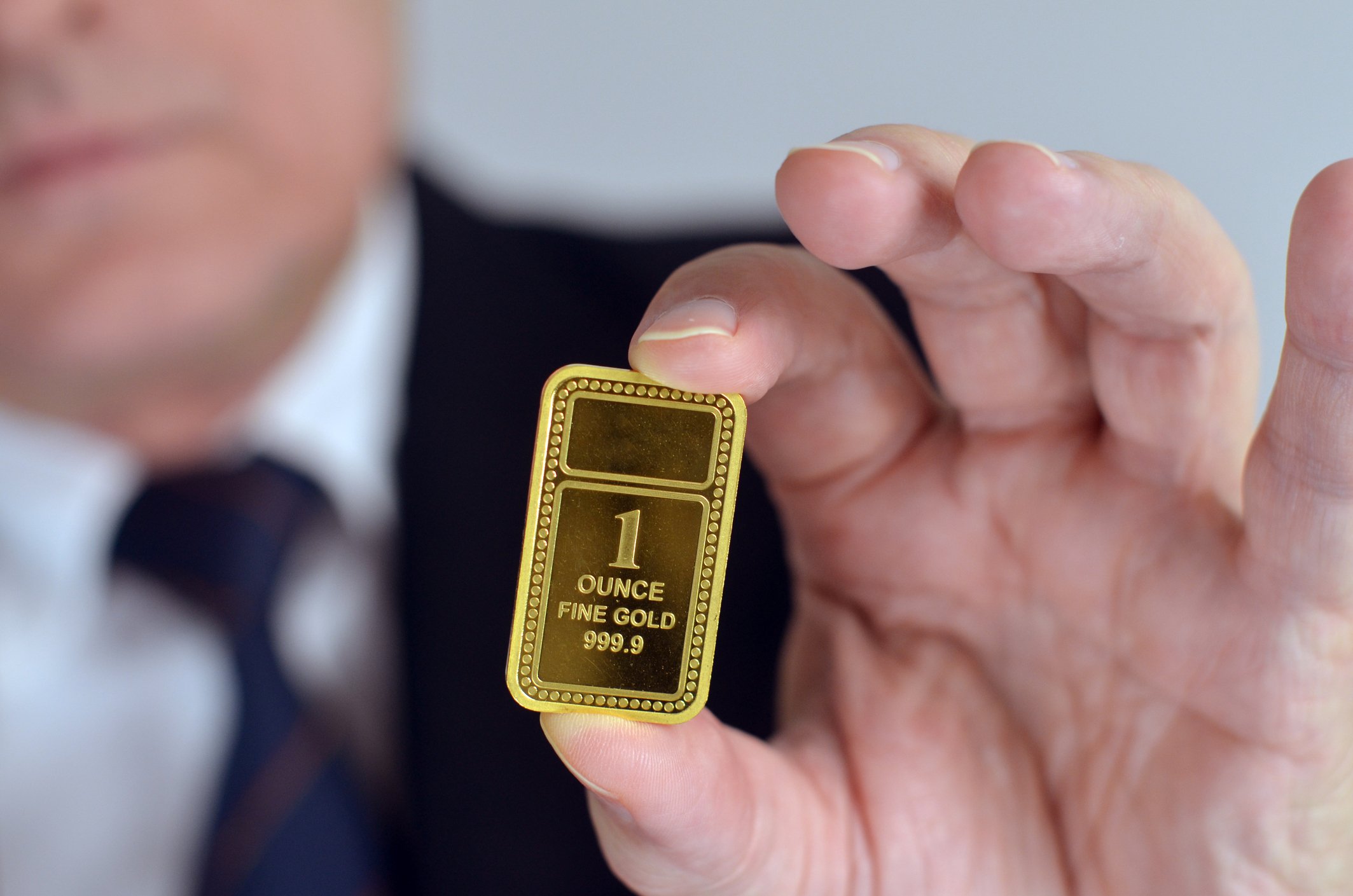Royal Gold (RGLD +1.77%) has outperformed other royalty and streaming precious metals companies such as Silver Wheaton (SLW +2.10%) this year. Besides the recent recovery of the price of gold, what's driving the company's stock so high?
Rise in attributed production
Royal Gold expects to sharply increase its attributed production of gold and silver this year. The table below summarizes the expected attributed production from Royal Gold's royalty and streaming agreements in 2014 and the attributed output in 2013.

Data source: Royal Gold financial reports.
As you can see, most of the company's growth in attributed production will come from its royalty agreement with Barrick Gold (ABX +1.92%) and its Cortez gold mine in Nevada and Mt. Milligan, which is produced by Thompson Creek Metals (TC +0.00%). Further, Royal Gold also expanded its royalty contract on Cortez NVR1 to receive higher production from Barrick Gold.
Conversely, Silver Wheaton doesn't plan to increase its attributed production by much this year -- the company expects to increase its operations by only 0.5% and reach 36 million silver equivalent ounces.
Looking forward, Royal Gold will see additional growth in its operations from other developing assets such as Barrick's Goldrush project in Nevada. Royal Gold plans to receive 1% of net revenue royalty from this deposit. Barrick estimates the project will start producing by mid-2015.
Moreover, earlier this year, Royal Gold entered into another royalty agreement with Rubicon Minerals to partly finance the construction of the Phoenix Gold Project in Ontario, Canada. In exchange for a $75 million investment, the royalty company will receive 6.3% of the gold produced up to 135,000 ounces. It will receive 3.15% thereafter. These types of contracts will further expand Royal Gold's revenue in the coming years and will keep driving the company's stock higher.
But Royal Gold may receive gold from Barrick Gold's Pascua-Lama project at a much later than expected date. Royal Gold has a royalty agreement on the Chilean side of the Pascua-Lama mine. Barrick Gold had to delay the construction of this mine at the end of last year and has yet to reopen it. The company's high burden of debt and ongoing challenges it faces related to this mine might eventually lead it to sell this asset. Nonetheless, Royal Gold doesn't expect this delay will adversely impact its investment except for the delay in delivery.
Steady profit margins
Despite the low price of gold in the past year compared to previous years, Royal Gold was able to maintain its operating profit margin, as indicated in the chart below.

Data source: Google finance.
Despite the plunge in the price of gold in the past few quarters, the company was able to maintain a hefty profit margin of above 40%. In the past quarter, its profitability rose to 50% -- the highest level since the second quarter of last year. If profitability keeps improving, this trend could further improve Royal Gold's valuation.
Low debt
The ongoing rise in Royal Gold's operations through investments didn't result in a sharp increase in its debt level. As of the end of March 2014 Royal Gold's debt-to-equity ratio was only 13%. In comparison, Silver Wheaton's ratio was 29%. Moreover, Royal Gold has about $646 million in cash on hand, which will allow it to strike additional royalty agreements in the coming months. The company's healthy balance sheet will keep its financial risk low.
Bottom line
Royal Gold is making the right decisions by expanding its operations mainly in the U.S. and Canada. These decisions are likely to keep augmenting the company's revenue; as long as the price of gold doesn't come back down, Royal Gold's stock is likely to keep heating up.








